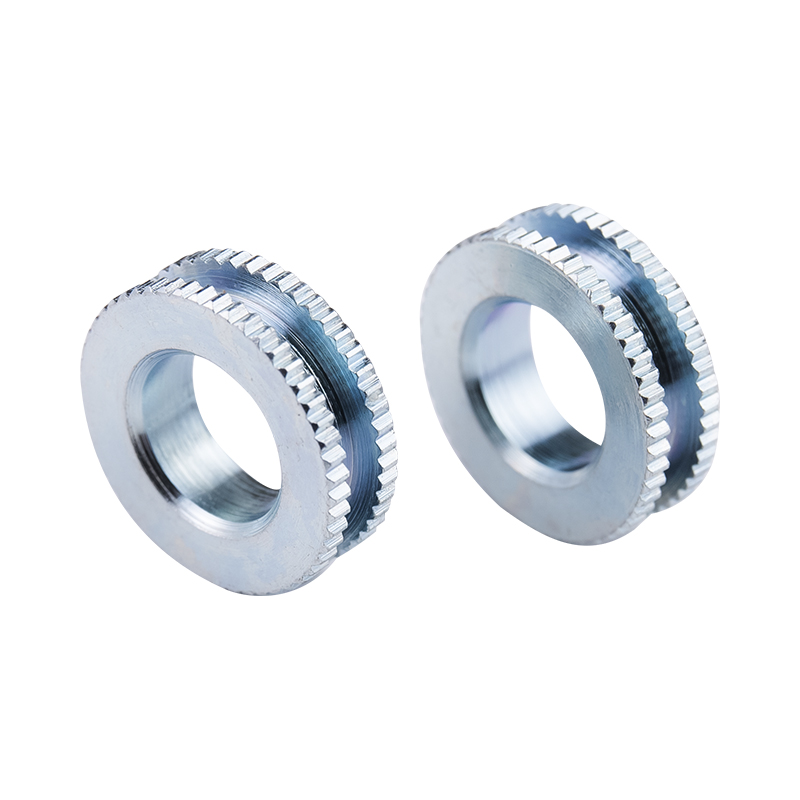-
CBB61 1.2uF/400V Black Film CapacitorsThe CBB61 1.2uF/400V capacitor features a black casing with black dielectric material, measuring 37mm × 24mm × 13mm. It includes mounting holes for se...
-
CBB61 1.5uF/400V CapacitorsThe CBB61 1.5uF/400V capacitor shares the 37mm × 24mm × 13mm black casing and black dielectric material with its 2.0uF counterpart. It also features m...
-
CBB61 2.0uF/400V CapacitorsThe CBB61 2.0uF/400V capacitor comes in a black casing with a black dielectric material, measuring 37mm × 24mm × 13mm. It includes mounting holes for ...
-
CL21 155/400V CapacitorsThe CL21 155/400V capacitor measures 22.5mm × 17.5mm × 10.3mm and is designed with a brown encapsulated casing, offering robust insulation and environ...
-
CL21 105/630V CapacitorsThe CL21 105/630V capacitor has dimensions of 22mm × 12.5mm × 7mm and features a brown encapsulated design, providing enhanced insulation and mechanic...
-
X2-104uf/305V CapacitorsThe X2-104uF/305V capacitor measures 18mm × 12mm × 11mm and features a yellow shell and yellow dielectric material, ensuring reliable insulation and l...
How do automotive insert bushings contribute to noise, vibration, and harshness (NVH) reduction in vehicles?
Industry News-Automotive insert bushings play a critical role in reducing Noise, Vibration, and Harshness (NVH) in vehicles. NVH is a key factor in ensuring ride comfort, durability, and overall customer satisfaction. Below is an explanation of how insert bushings contribute to NVH reduction:
Isolation of Vibrations
Function : Insert bushings act as isolators between moving or vibrating components and the vehicle's structure.
Mechanism : By absorbing and dissipating vibrations, bushings prevent these forces from being transmitted to other parts of the vehicle, such as the chassis or cabin.
Example : In suspension systems, bushings isolate the oscillations caused by road irregularities, reducing the transfer of vibration to the passenger compartment.
Damping of Harmonic Oscillations
Function : Bushings help dampen harmonic oscillations that occur when mechanical components resonate at specific frequencies.
Mechanism : The elastic properties of bushing materials (e.g., rubber, polyurethane) allow them to deform slightly under load, converting vibrational energy into heat, which is then dissipated.
Example : Engine mounts with insert bushings absorb engine vibrations, preventing them from propagating through the vehicle frame and causing noise or discomfort.
Control of Component Movement
Function : Bushings control the relative movement between connected components, minimizing excessive motion that can generate noise or harsh impacts.
Mechanism : By providing a controlled range of motion and cushioning, bushings ensure smooth operation of systems like steering, suspension, and drivelines.
Example : Steering column bushings reduce rattling and clunking sounds by limiting axial and rotational movements while maintaining alignment.
Absorption of Impact Loads
Function : Bushings absorb shock and impact loads generated during driving, such as those caused by potholes, braking, or acceleration.
Mechanism : The compressibility of bushing materials helps cushion these impacts, reducing the transmission of sharp impulses that could otherwise cause noise or harsh sensations.
Example : Rear axle bushings absorb shocks from bumps, preventing them from reaching the passenger cabin as jarring vibrations.

Reduction of Metal-to-Metal Contact
Function : Insert bushings eliminate direct metal-to-metal contact between components, which is a common source of noise and wear.
Mechanism : The bushing material acts as a barrier, creating a smooth interface that reduces friction and prevents squeaks or grinding sounds.
Example : Transmission mount bushings prevent noisy contact between the transmission housing and the vehicle frame during gear shifts.
Material Selection for NVH Optimization
Rubber Bushings :
Rubber is widely used due to its excellent damping properties and ability to absorb low-frequency vibrations.
It provides flexibility while maintaining structural integrity.
Polyurethane Bushings :
Polyurethane offers higher durability and resistance to wear compared to rubber but may transmit more high-frequency vibrations.
It is often used in performance applications where stiffness is prioritized over comfort.
Composite Materials :
Advanced composites combine the benefits of multiple materials to optimize NVH performance while reducing weight.
Integration with Vehicle Design
Strategic Placement : Engineers strategically place bushings in areas where NVH is most likely to occur, such as suspension arms, control links, engine mounts, and exhaust hangers.
System-Level Optimization : Bushings are designed to work in conjunction with other NVH-reducing components, such as sound-deadening materials and dynamic absorbers, to create a holistic solution.
Customization for Specific Applications
Vehicle Type : Bushings are tailored for different types of vehicles, balancing comfort and performance. For example:
Passenger Cars : Prioritize comfort by using softer bushings to minimize NVH.
Performance Vehicles : Use stiffer bushings to enhance handling while accepting some trade-offs in ride quality.
Load Conditions : Bushings are optimized for expected load conditions, ensuring they perform effectively across a range of driving scenarios.
Long-Term NVH Performance
Durability : High-quality bushings maintain their NVH-reducing properties over time, resisting degradation from factors like heat, moisture, and abrasion.
Wear Resistance : Properly designed bushings minimize wear, ensuring consistent performance throughout the vehicle's lifespan.



 русский
русский Español
Español